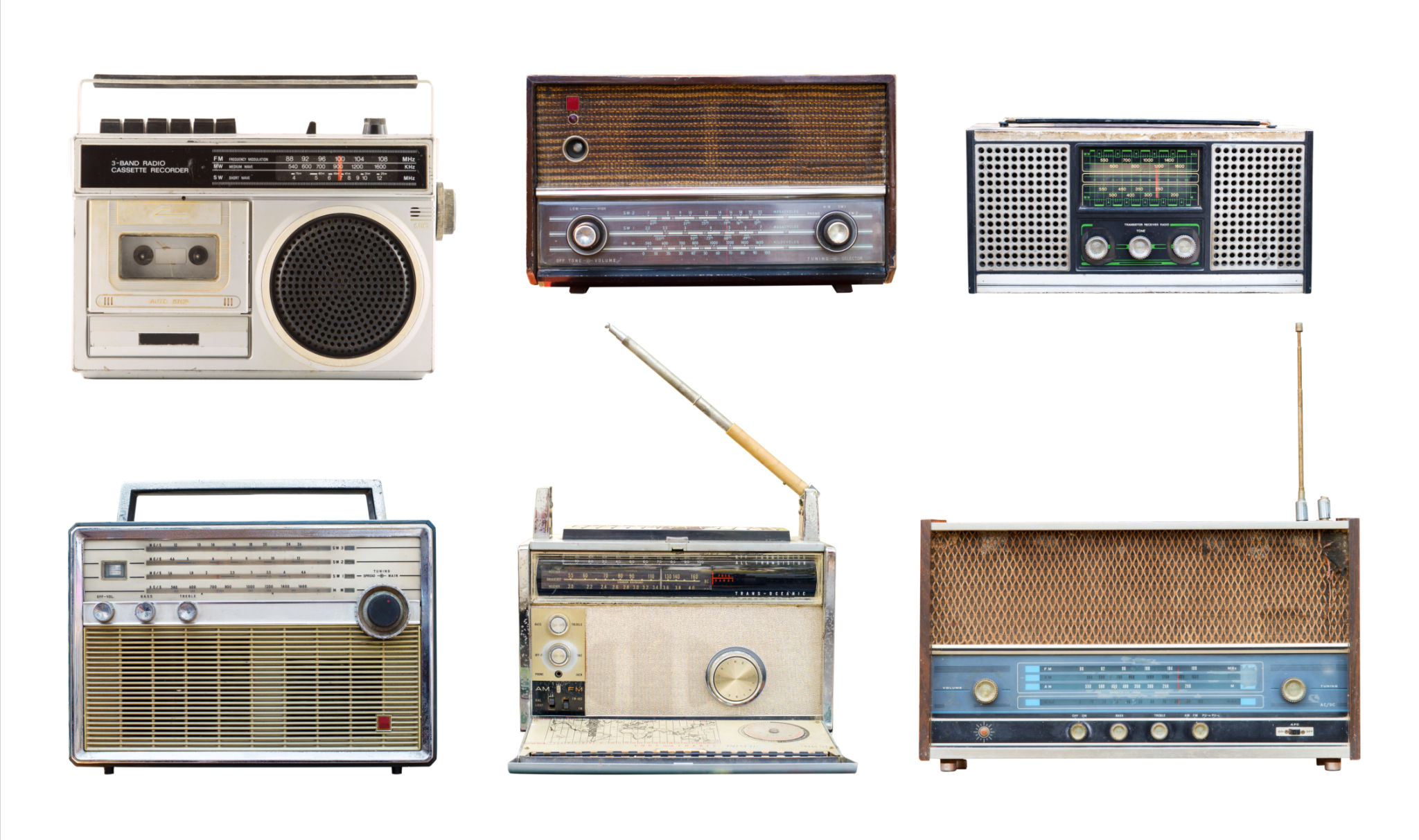The Evolution of Public Radio: Insights from The Movement Radio
The Roots of Public Radio
Public radio has long been a cornerstone of broadcasting, offering listeners a diverse range of programs from news and music to educational content. Originating in the early 20th century, public radio was initially developed to provide a platform for community-focused content that commercial stations often overlooked. This mission to inform, educate, and entertain has remained central to public radio's identity.
Throughout the decades, public radio has adapted to changing technologies and audience preferences. Despite challenges such as reduced funding and increased competition from digital media, public radio continues to thrive by staying true to its core values while embracing innovation.

The Digital Revolution and Public Radio
With the rise of the internet and digital streaming, public radio stations faced the challenge of maintaining relevance in a rapidly evolving media landscape. Many stations embraced these changes by offering online streaming services and developing podcasts to cater to the growing demand for on-demand content.
This transition has opened new avenues for audience engagement, allowing listeners to access content at their convenience. Public radio stations have also leveraged social media platforms to reach broader audiences and interact with listeners in real-time.

Insights from The Movement Radio
The Movement Radio is a prime example of how public radio can successfully evolve while preserving its mission. By focusing on community-driven content, The Movement Radio has carved out a niche for itself in the crowded media landscape. Their programming includes a mix of local news, cultural discussions, and music that resonates with a diverse audience.
One of the key strategies employed by The Movement Radio is their commitment to storytelling. They prioritize narratives that reflect the experiences and perspectives of underrepresented communities, ensuring that their content is both inclusive and engaging.

Engaging the Next Generation
To attract younger listeners, The Movement Radio has invested in creating compelling digital content. This includes interactive web features, live-streamed events, and collaborations with local artists and influencers. By fostering a sense of community both on-air and online, The Movement Radio has successfully engaged the next generation of public radio listeners.
Furthermore, they have introduced innovative programming formats, such as listener call-ins and roundtable discussions, which encourage active participation from their audience. These efforts help build a loyal listener base that feels connected to the station's mission and values.
Challenges and Opportunities
Despite its successes, public radio faces ongoing challenges, including securing funding and adapting to new technologies. However, these challenges also present opportunities for growth and innovation. By continuously seeking new ways to engage with audiences and explore different content formats, public radio can remain a vital part of the media landscape.
Looking ahead, the future of public radio will likely involve further integration of technology and increased collaboration with other media outlets. By remaining adaptable and responsive to audience needs, stations like The Movement Radio can continue to thrive in an ever-changing environment.

Conclusion
The evolution of public radio highlights its resilience and adaptability in the face of change. As exemplified by The Movement Radio, stations that embrace innovation while staying true to their mission can continue to serve their communities effectively. Public radio's commitment to providing diverse, educational, and engaging content ensures its enduring relevance in the digital age.
As public radio continues to evolve, it holds the potential to bridge cultural divides and foster a deeper understanding among listeners across the globe. By prioritizing authentic storytelling and community engagement, public radio remains a powerful medium for connection and conversation.